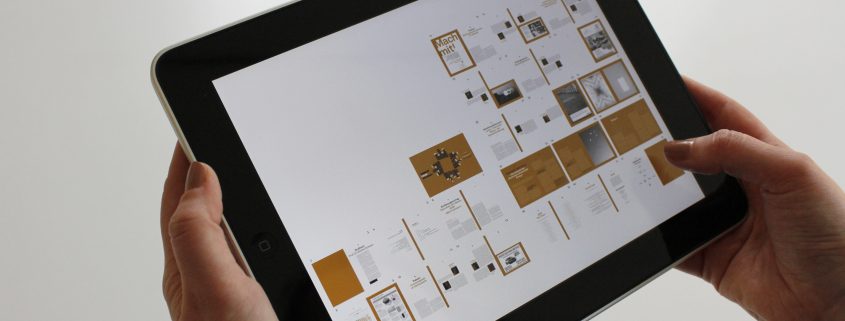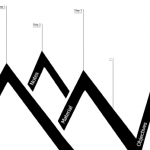Learning with tablets
/In the Green Economy Academy we are currently piloting our first large scale – learning with tablets– initiative. The use of tablets in learning activities is moving fundamentally beyond the idea of considering new mobile technologies as interesting gadgets. The following arguments are forming the base of this interesting initiative:
– The creation of more interactive and engaging technology enhanced experiences inside and outside the classroom setting. (cf. polls, surveys, audience response systems, evaluation, …) + the amplification of the learning outside the classroom by setting up backchannels.
– The need to initiate pre- and post-activities / field assignments that could not be achieved in the traditional classroom setting using contemporary technologies.
– The extension of the learning activity before and after a face-to-face training session
– The visibility that a contemporary training centre uses innovative mobile and flexible learning technologies.
– The transition towards a paperless strategy for all learning materials and resources. This aims to increase efficiency in the training processes by cutting costs linked to paper-based material printing, storage, transport etc.
Jointly with the Open University of The Netherlands we explored diverse methodologies on how to go about the implementation of these mobile learning methodologies. A first practical classification to diversify our mobile learning activities was used in the following way:
1. How can we enhance productivity ? (taking notes, making mindmaps, …)
2. How can we give flexible access to content? (access to resources, links, presentations, documents, group works)
3. How can we capture and integrate data? (surveys, evaluation polls, pictures, …)
4. How can we increase communication and collaboration? (backchannels, fora, social networks, …)
With this preliminary classification we started to identify the necessary apps that matched with the chosen functionalities. The e-padagogy wheel gives you quite a big overview of different apps but for our pilot we limited ourselves to 10.
In order to evaluate the added value of learning with tablets we will use the SAMR model. An excellent framework to explore whether we are doing really new things in new ways, and not as Marc Prensky emphasised a while ago : ‘doing old things in old ways’, ‘doing old things in new ways’ or ‘doing new things in old ways’. More updates on this mobile learning project later on.
Picture below: Official launch of the ‘Tablets for Learning’ initiative by Alessia Messuti (Mobile Learning Specialist) and Alice Vozza (Activity manager Green Economy Academy )











Apart from the tablet built-in features, 10 applications were chosen to be connected to key activities during the Academy. Criteria for choosing them: 1) FREE applications 2) compatible with IOS & ANDROID 3) available in ENGL & FREnch (as much as possible). So far, participants are successfully using SOCRATIVE student app for daily evaluations; MINDMASH for generating mindmaps to achieve a Green Economy in their country; Twitter & Todaysmeet.com as backchannels to provide live comments during plenaries. More updates to come.
Any feedback on applications you are currently using in your mobile project is more than welcome!
Tablets now a days has become an integral part of day to day life. It helps me in giving presentation to clients, video conferencing & checing business emails . Now you don’t have to carry laptops for business topus. tablets ar enough. Thanks for sharing this post